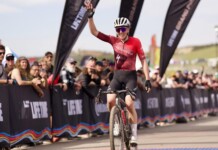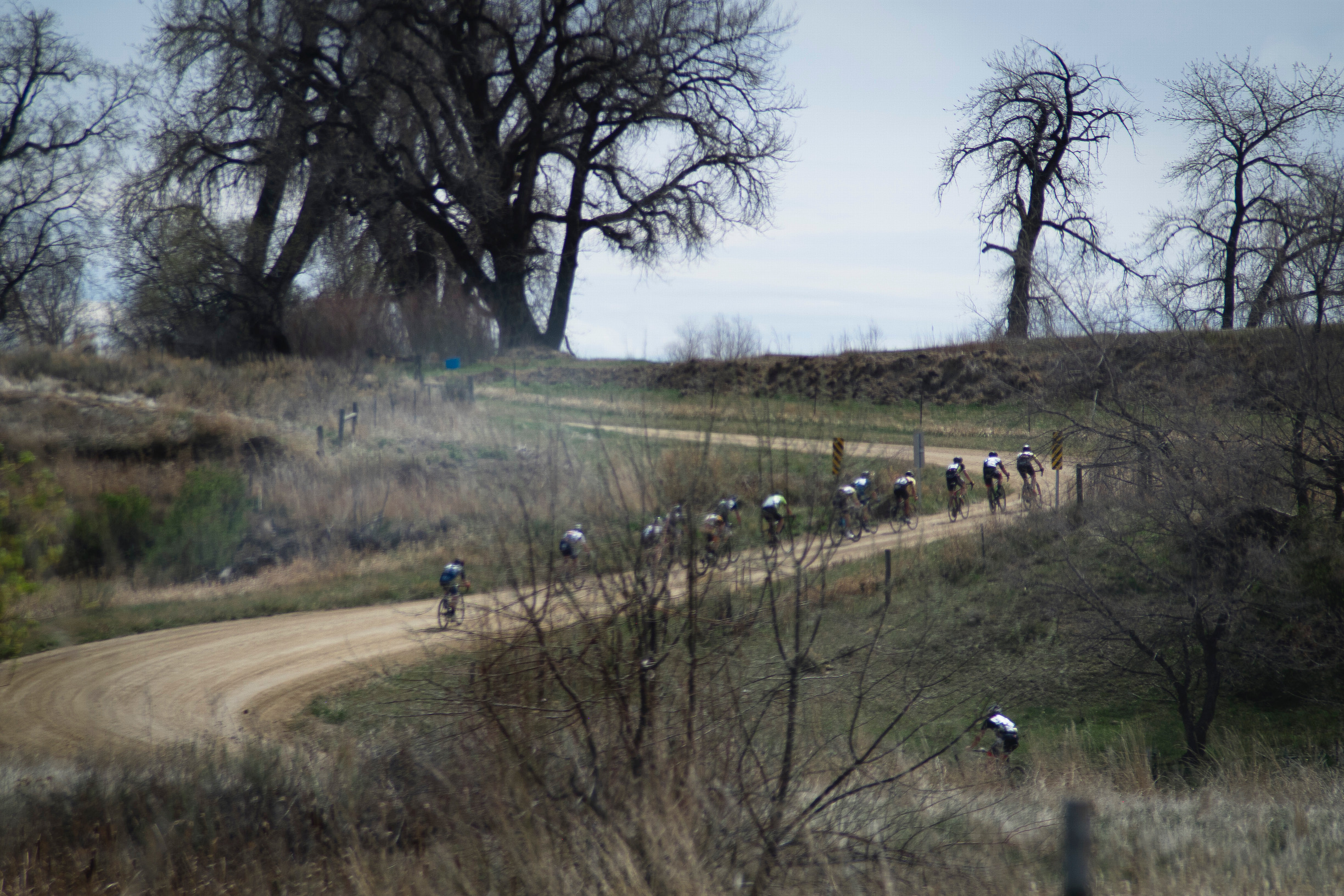The Belgian Waffle Ride heads to Cedar City, Utah, for round three of the four race series. As one of the only major events to happen in 2020, BWR Cedar City became the first BWR held outside of San Diego and helped lay the foundation for adding rounds in Asheville, North Carolina, and Lawrence, Kansas this year.
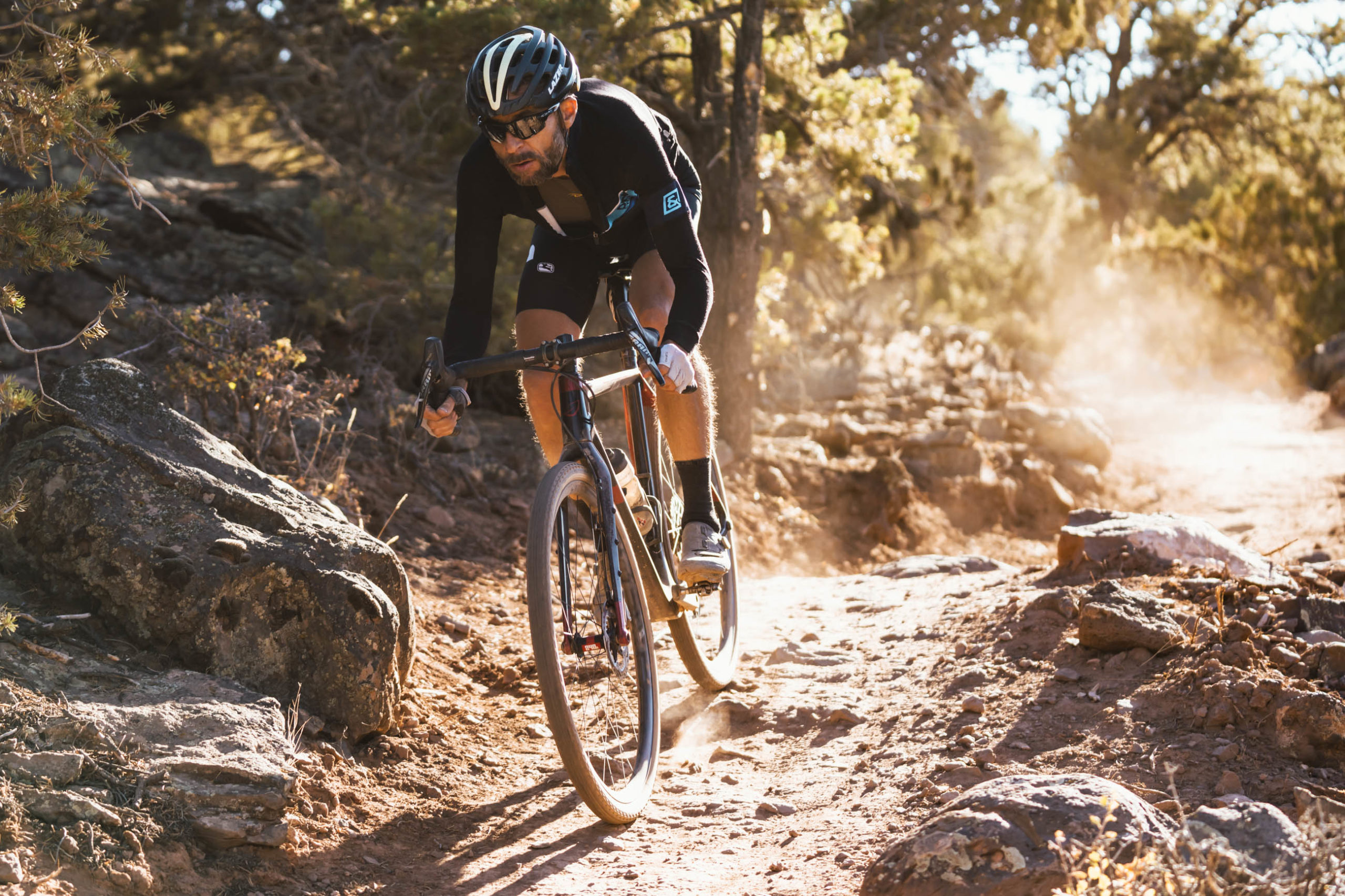
With each of the BWR rounds being unique in what equipment is best for the course and the dirt conditions found in each region, Cedar City will once again favor a true gravel setup with challenges coming from rocky singletrack, chunky dirt roads, and altitude. We asked three ENVE athletes, which include past BWR winners and coaches, what course advice they have and how they are preparing for their own race in Cedar City.
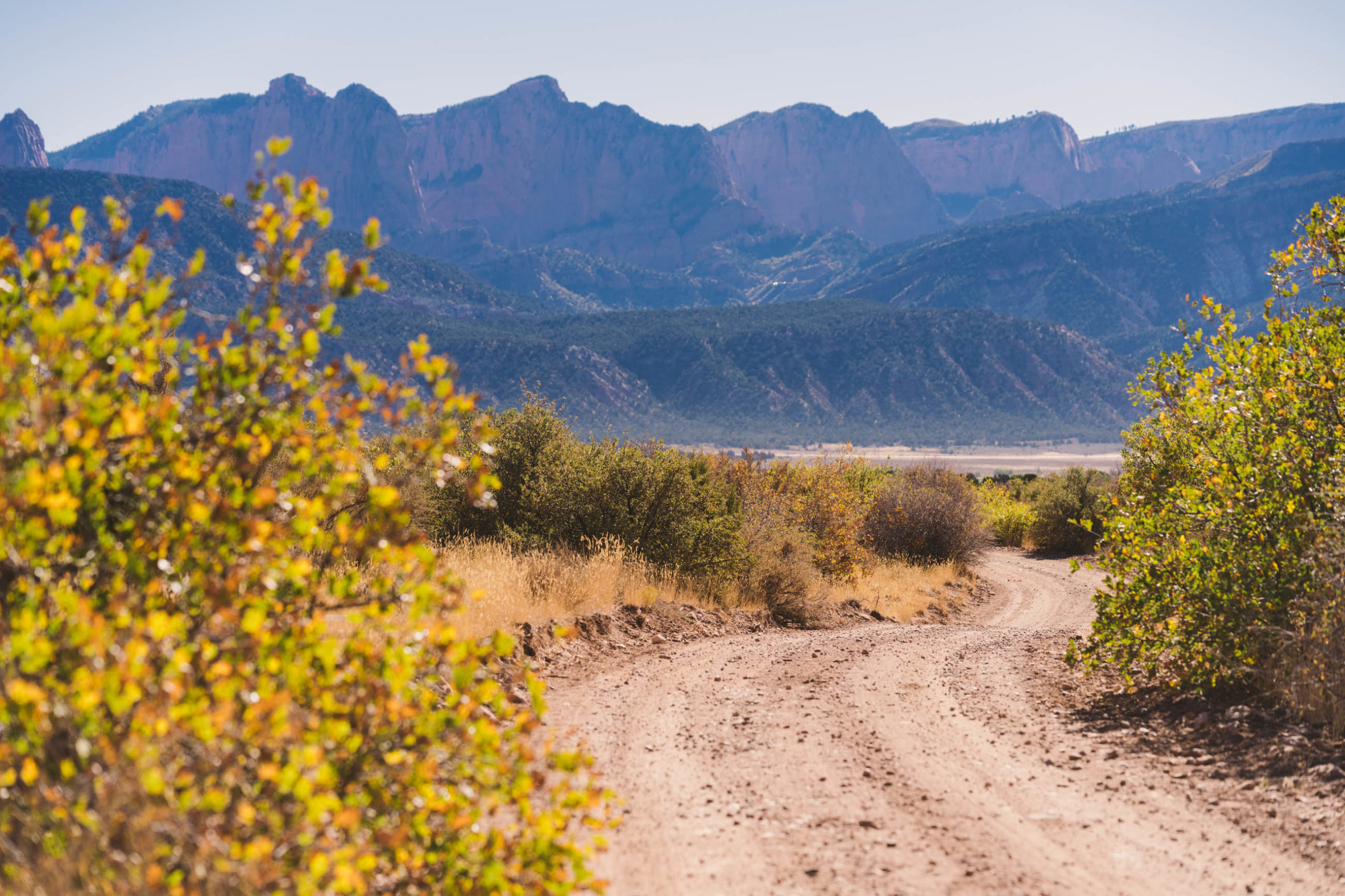
HOW MUCH WILL THE ALTITUDE IMPACT THINGS, AND WHAT CAN SOMEONE DO TO MINIMIZE THAT?
Whitney Alison: Altitude does have a pretty big impact for most riders. You’ll find your heart rate is a bit higher than normal and it is harder to recover from hard efforts. No matter where you are in the field, be mindful of those big digs as they may not have the same effect they normally do at sea level and can spit you out the back instead. Really respecting what your body is telling you can save your day when you are up high…like tortoise and the hare. Also, remember your sunscreen as you’ll burn faster and stay on top of your hydration goals even though you’ll sweat less.
Brian McCulloch: Altitude can be one of the most challenging components of BWR Cedar City. Why? If you are a “flat-lander” who lives near sea level you are likely to feel short of breath, dehydrated, and low energy, none of which are likely to facilitate a break-out performance on event-day. Although an altitude of 5,000′ is not considered “high-altitude” it will make enough of an impact that every rider should think about it in their preparation. The common solutions include earlier bed-times leading into the event (try to increase your time in “deep” or REM sleep), add electrolytes to your fluid intake on and off the bike, and consider pacing by Heart Rate in the opening miles rather than traditional power targets. The last suggestion, pacing by H.R. is of particular value for all those that know how torturous and ruthlessly steep the Kanarraville climb and Tolweg single-track will be at the end of the race. My simple approach is putting electrolytes in every bottle, getting to be 1/2-hour earlier every night the week before the race, and then setting an H.R. ceiling that I cannot explode-through when charging through the first hour or two of the race.
Zack Alison: I think the altitude will be enough to make things split up a little earlier and a little more than the other BWRs that are below 3k feet. For the average rider it just makes things harder, your FTP is a few percent lower, your pacing is off. You also have a harder time preparing, staying hydrated. There’s also those people that live at altitude that are affected less which can drive the pace.
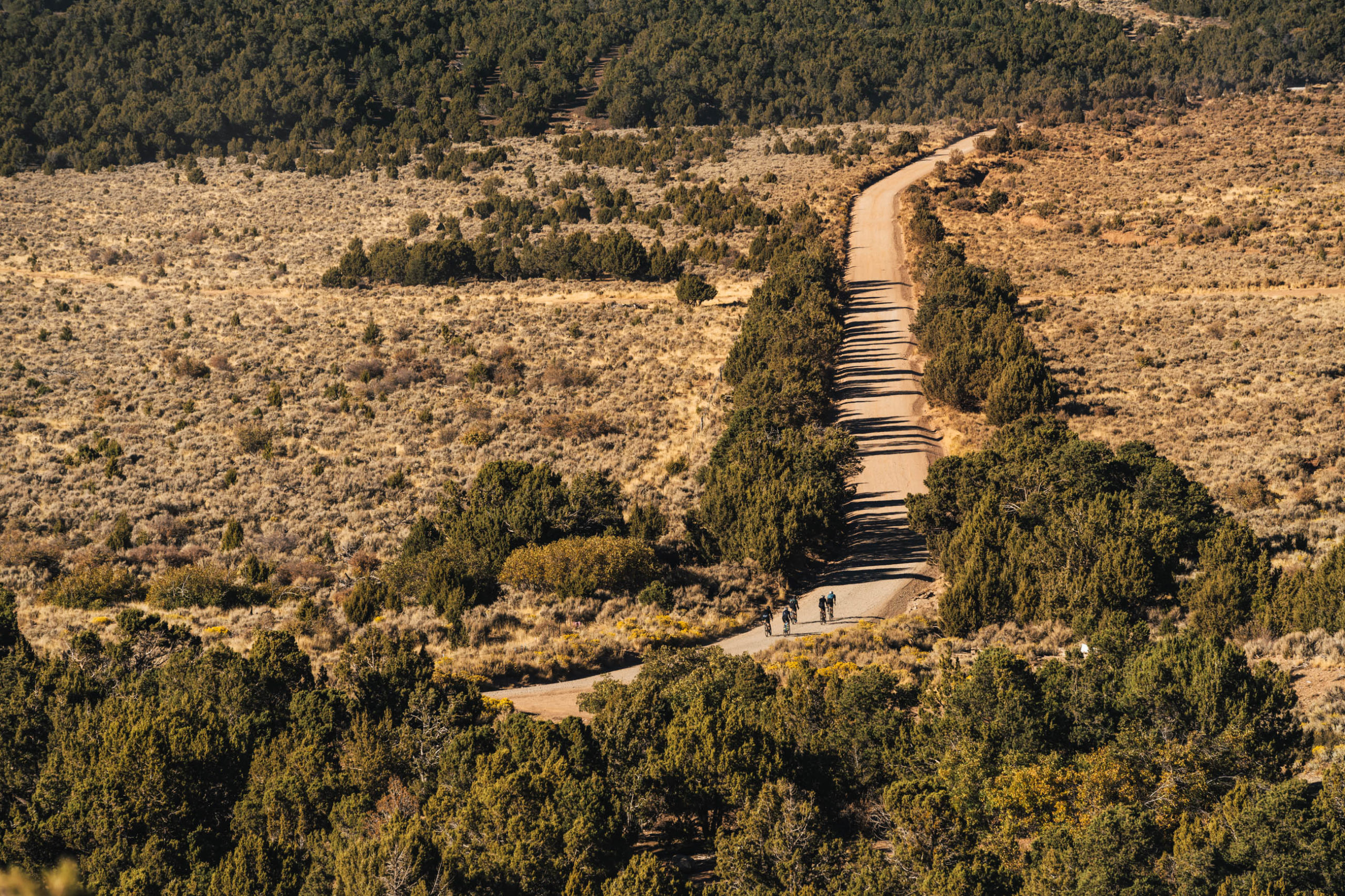
WHAT’S YOUR TIRE AND WHEEL SETUP, AND HOW DOES THAT COMPARE TO WHAT YOU USED IN PREVIOUS BWR EVENTS?
Whitney Alison: I’ve been on an Ibis Hakka MX for both the BWRs . Because the Cedar City course is a more chunky and rougher environment in terms of the surface, I’m running the ENVE G23 wheels instead of the 3.4 ARs I used at San Diego. I’m looking for that stability and ability to run over more stuff, not to mention having more confidence on the descents. Although I’m not quite sure on the final tire selection yet, it will be something wide and with substantial tread.
Brian McCulloch: I’ll be riding the same set-up as I did for the 2020 BWR Cedar City, a BMC URS fitted with ENVE AR Handlebar rolling on ENVE G23’s adorned with IRC Doublecross 38c rubber. Depending on the conditions of the course during my event-week pre-rides I might opt for the Doublecross 42c tires. Last year these tires were “choice”, but I do like to get rowdy in the sand sectors and Tolweg single-track which is much easier on 42’s. This particular course requires, in my opinion, a full gravel set-up. Whereas BWR San Diego can be ridden on a road bike with a robust tire/aero wheel combination.
Zack Alison: I am still deciding on a 40mm Maxxis Rambler or a 40mm Donnelly Xploro MSO. For wheels, I’ll be on the ENVE G23. Cedar City is more of a traditional gravel race with some trail sections whereas BWR Asheville and San Diego have way more decisive road sections and nothing that really demands a 40mm+ tire across the whole course.
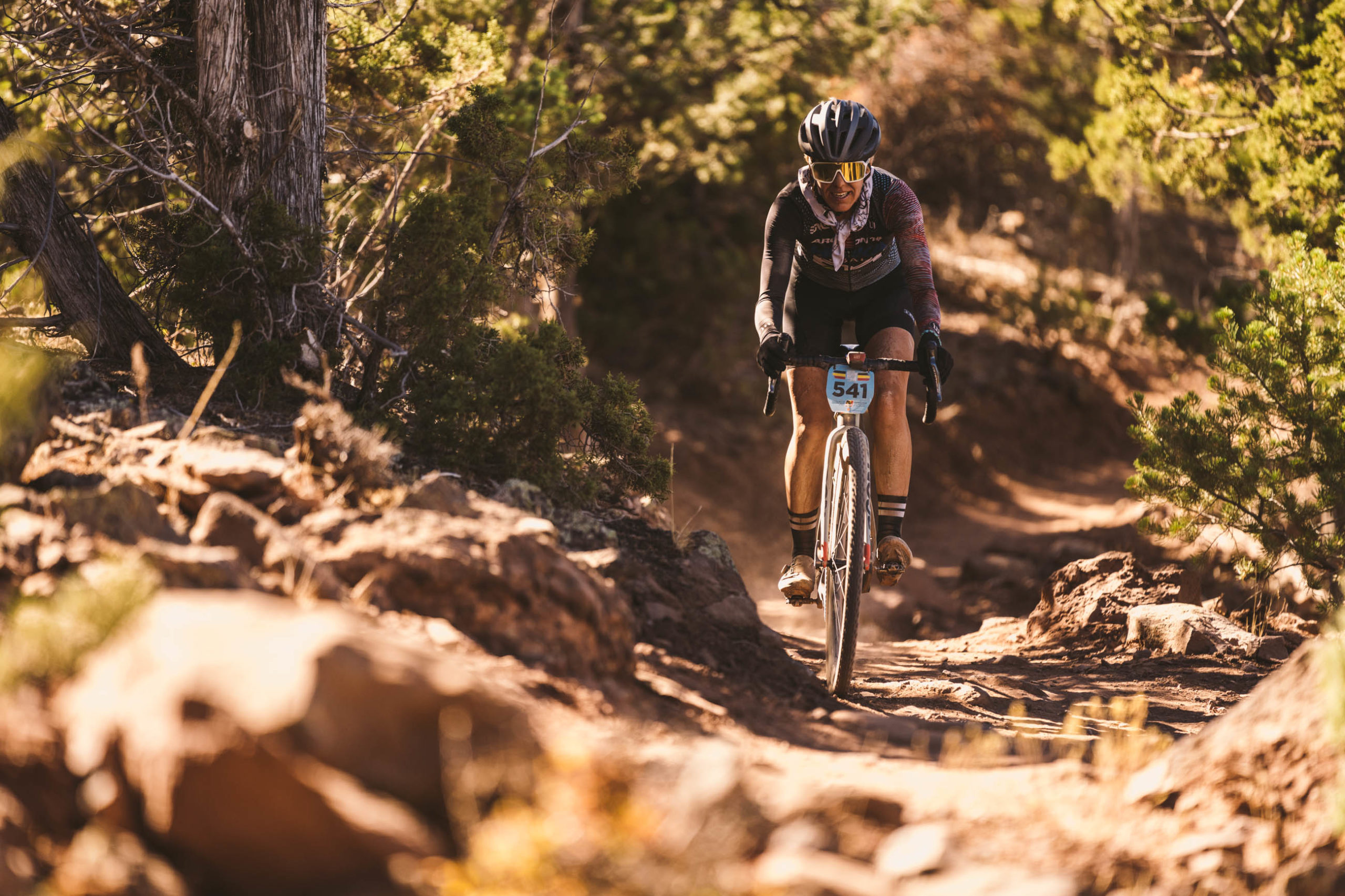
WILL YOU USE A HYDRATION PACK OR ANYTHING SIMILAR?
Whitney Alison: This will be a game-time decision for me. BWR Cedar City has much less climbing than the San Diego round so there is less of a disadvantage to carrying a hydration pack, but it’s still long enough you’d likely have to stop even with a pack. I’ll be calculating out times from last year, temperature, bottle options, and feed zone locations to decide. If you are going for pure enjoyment, I’d say enjoy the freedom of the wind on your back and enjoy all those excellent feed zones.
Brian McCulloch: I will not use a hydration pack this year. I have contemplated it and think it is a great idea for many athletes. One thing to consider is how long it will take you to get between SAG stops. BWR events are known to have well-stocked aid stations that have friendly volunteers ready to help. So whether you are doing a “splash’n go” stop strategy, stopping to stretch out a cramp, or trying to “race through” you are likely to be well taken care of. With that said, being self-sufficient is the only way to control as many factors as possible in your race-day nutrition strategy. If you have a very specific race-day nutrition strategy I strongly recommend a pack, but if you are more flexible, then I believe it’s OK to take the chance and go without the pack.
Zack Alison: I’m not planning to use a hydration pack but I will bring it and see how hot it will be. We also have 1 L bottles to start with so if there’s a need to skip early aids we have hydration options. It seems like the aid stations are around climbs and BWRs have great neutral support so packs aren’t as necessary.
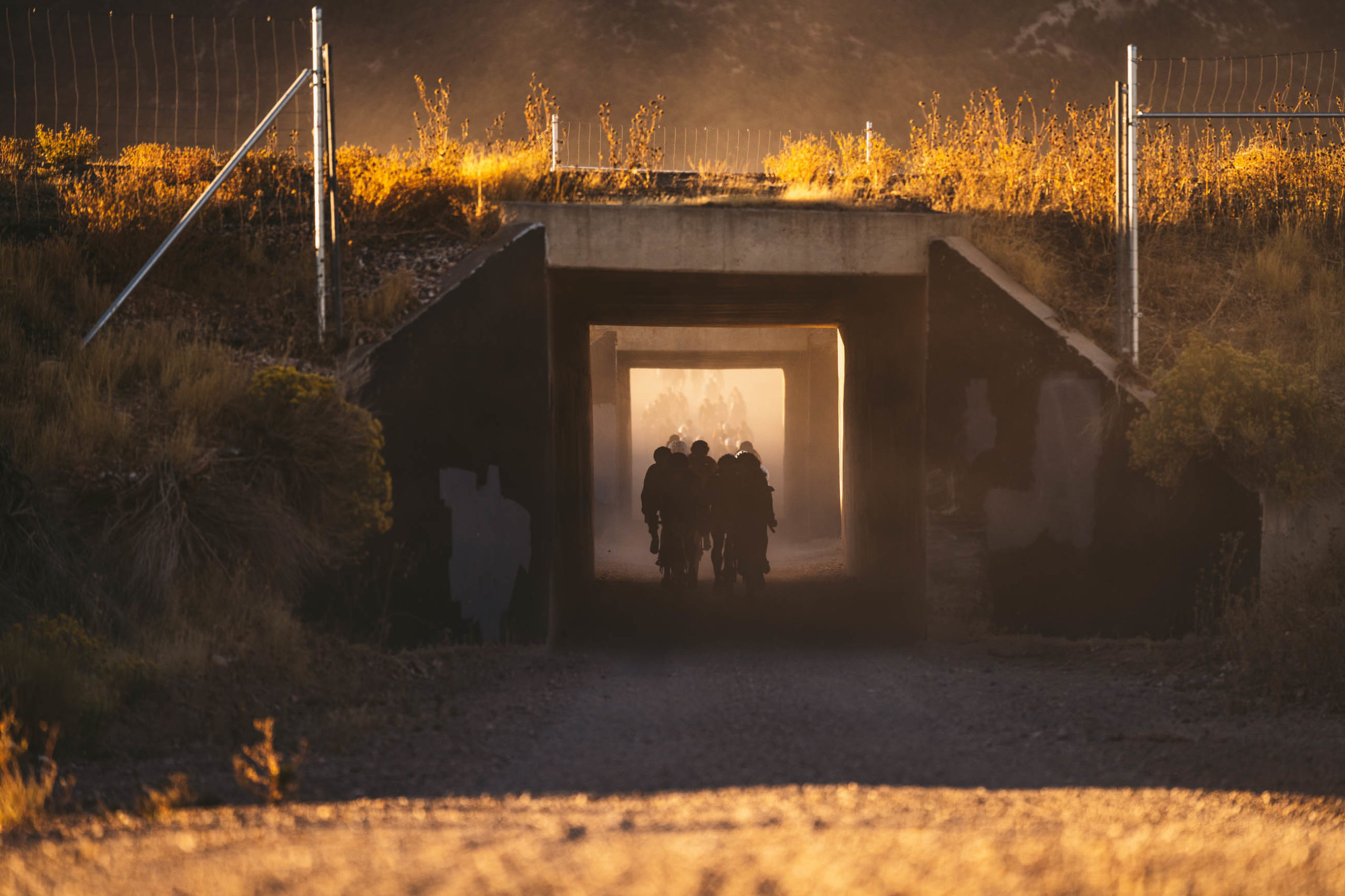
WHAT’S THE MOST CRITICAL OR CHALLENGING ASPECT OF THE COURSE IN YOUR OPINION, AND HOW ARE YOU PREPARING FOR IT?
Whitney Alison: The first climb will be critical. It looks to be technical and comes early in the race. This means dust, chaos and separation, which makes positioning really important to make the splits and to see any obstacles. That final descent and singletrack section will be most challenging for me but likely a mountain biker’s dream.
Brian McCulloch: That’s a tough question. From last year, the opening dirt sectors (all the way through the Parowan Gap), proved to be chaotic and challenging, more so than most predicted. But the two most prominent and distinctive features of the course come at the end. The Kanarraville climb is simply ruthless. I had a 1:1 gear ratio 42T Shimano GRX mated to a 11-42 cassette which was great in pre-rides, but was almost not enough on race day when we were confronted by a thick layer of “moon dust” toward the top of the climb. That powder soaked up all power and reduced many riders to walking. This year I’ll be using a Shimano 11-46 cassette as a result. Following a hair-raising descent of Kanarraville riders will be treated to the most fun or ruthless part of the course: the Tolweg singletrack. This trail is better suited for mountain bikes, not drop-bar speedsters like we’ll be riding, which makes it brutal. But if you fuel well and have paced/prepared properly you might just let out a few “YEE HA’s!” while you traverse the one-line sector. To prepare for the Tolweg, I have been riding my MTB and racing cross-country events, even short track races that emphasize quick-turns and momentum changes. I am hoping that this extra time sharpening my single-track skills will transfer to my drop-bar beast come race day.
Zack Alison: I think the most critical and challenging part of the course will be different depending on what kind of rider you are. I live at altitude, I’m heat acclimated, so I’m not too worried about those aspects of Cedar City. If you’re a great climber, the Cedar City course only has 6k feet of climbing in 130 miles so you’re going to have some windy and flat high power sections to cope with. I think personally my biggest thing will be getting tire choice and tire luck right. Getting my offerings to the tire gods correct will be key. I feel like I’ve been making good tire choices for BWR and Unbound lately and yet still having flat issues.
[Editor’s Note: This article previously appeared on ENVE’s website, and has been reprinted with permission of ENVE Composites.]

